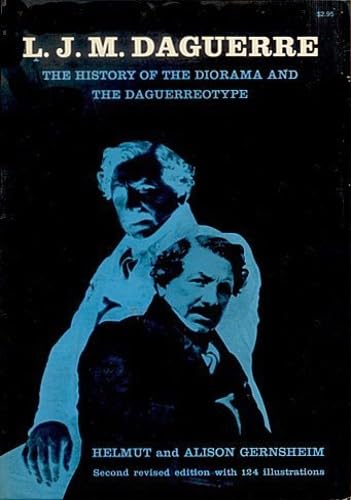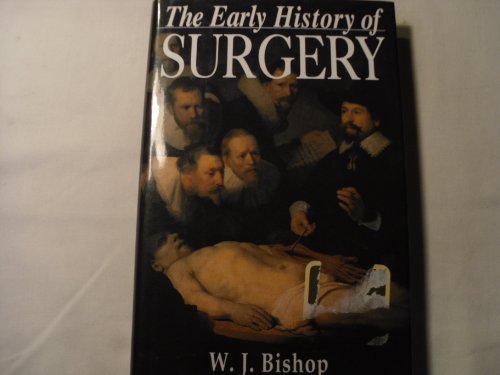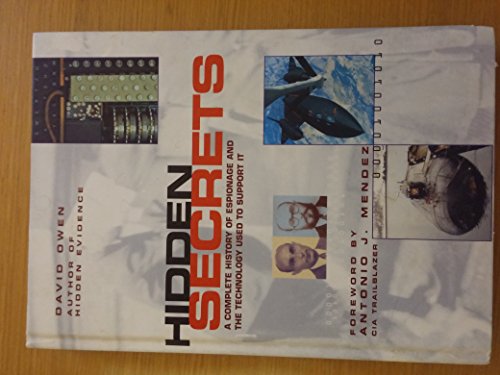L. J. M. Daguerre : The History of the Diorama and the Daugerreotype


sku: COM9780486222905USED
ACCORDING TO OUR RECORDS THIS PRODUCT IS NOT AVAILABLE NOW
$6.32
Shipping from: Canada
Description
In 1829, Daguerre partnered with Nicéphore Niépce, an inventor who had produced the world's first heliograph in 1822 and the first permanent camera photograph four years later.[1][2] Niépce died suddenly in 1833, but Daguerre continued experimenting and evolved the process which would subsequently be known as the Daguerreotype. It has recently been discovered that Daguerre may have mislead Niepce's son about the value of the invention in order to better claim any profits from it individually. After efforts to interest private investors proved fruitless, Daguerre went public with his invention in 1839. At a meeting of the French Academy of Sciences on 7 January of that year, the invention was announced and described in general terms, but all specific details were withheld. Under assurances of strict confidentiality, Daguerre explained and demonstrated the process only to the Academy's perpetual secretary François Arago, who proved to be an invaluable advocate. Members of the Academy and other select individuals were allowed to examine specimens at Daguerre's studio. The images were enthusiastically praised as nearly miraculous and news of the Daguerreotype quickly spread. Arrangements were made for Daguerre's rights to be acquired by the French Government in exchange for lifetime pensions for himself and Niépce's son Isidore; then, on 19 August 1839, the French Government presented the invention as a gift from France "free to the world" and complete working instructions were published.
Price history chart & currency exchange rate



![What Every American Needs to Know about the Qur'an: A History of Islam & the United States [Paperback] Federer, William J.
What Every American Needs to Know about the Qur'an: A History of Islam & the United States [Paperback] Federer, William J.](http://pictures.abebooks.com/isbn/9780977808557-us.jpg)





![The Handbook to Arizona: Its Resources, History, Towns, Mines, Ruins, and Scenery. by Richard J. Hinton [Soft Cover ]
The Handbook to Arizona: Its Resources, History, Towns, Mines, Ruins, and Scenery. by Richard J. Hinton [Soft Cover ]](http://pictures.abebooks.com/isbn/9781375488464-us.jpg)
![Making Black History: The Color Line, Culture, and Race in the Age of Jim Crow [Soft Cover ]
Making Black History: The Color Line, Culture, and Race in the Age of Jim Crow [Soft Cover ]](http://pictures.abebooks.com/isbn/9780820352831-us.jpg)














![Baltimore Ghosts: History, Mystery, Legends & Lore (second edition) [signed]
Baltimore Ghosts: History, Mystery, Legends & Lore (second edition) [signed]](http://pictures.abebooks.com/isbn/9781890690182-us.jpg)









